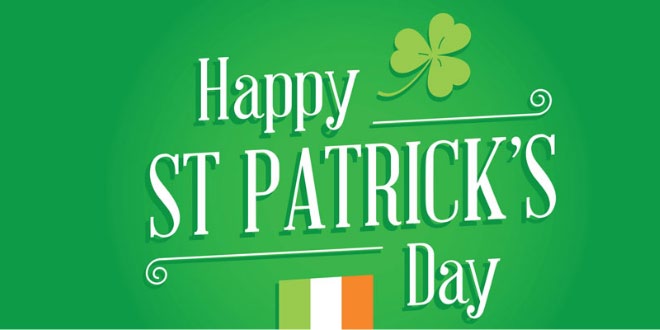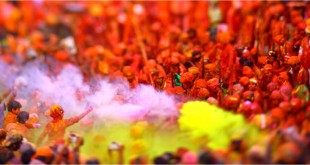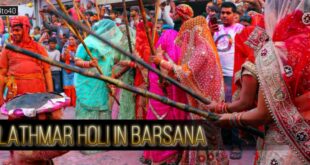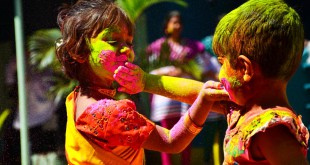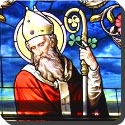 Patrick was born in Wales about 385 AD. He actually considered himself a pagan until the age of 16. At that age, he was sold into slavery by a group of Irish marauders, and during his captivity he became closer to God. He escaped from slavery after six years, went to Gaul and studied in the monastery where he became aware that his mission was to convert pagans into Christianity. He was quite successfully at converting pagans and arrested several times by the Celtic Druids for do so. His mission in Ireland lasted thirty years: establishing monasteries, setting up schools, and building churches which would aid him in his conversion. He died on March 17th 461 AD. The day has been commemorated as St. Patrick’s Day ever since.
Patrick was born in Wales about 385 AD. He actually considered himself a pagan until the age of 16. At that age, he was sold into slavery by a group of Irish marauders, and during his captivity he became closer to God. He escaped from slavery after six years, went to Gaul and studied in the monastery where he became aware that his mission was to convert pagans into Christianity. He was quite successfully at converting pagans and arrested several times by the Celtic Druids for do so. His mission in Ireland lasted thirty years: establishing monasteries, setting up schools, and building churches which would aid him in his conversion. He died on March 17th 461 AD. The day has been commemorated as St. Patrick’s Day ever since.
Traditionally, Irish families would attend church in the morning and celebrate in the afternoon with dancing, drinking, and feasting on the traditional Irish meal of Irish bacon and cabbage. Traditionally, St. Patrick’s Day has been seen as a religious holiday, in fact, up until the late 1970’s Irish pubs were mandated by law to be closed on March 17th, however, this law was dropped in 1995 for tourist reasons.
 Kids Portal For Parents India Kids Network
Kids Portal For Parents India Kids Network
